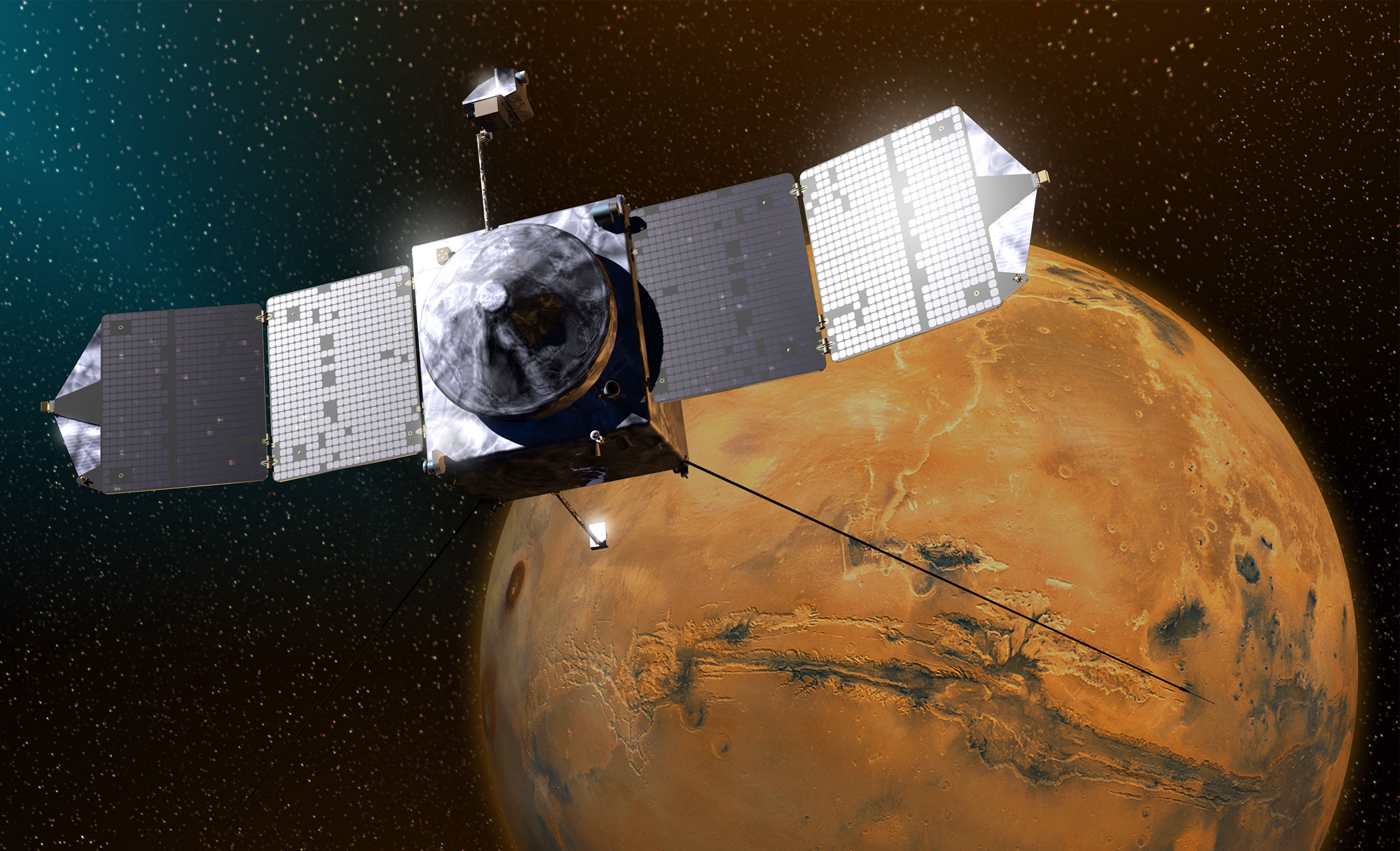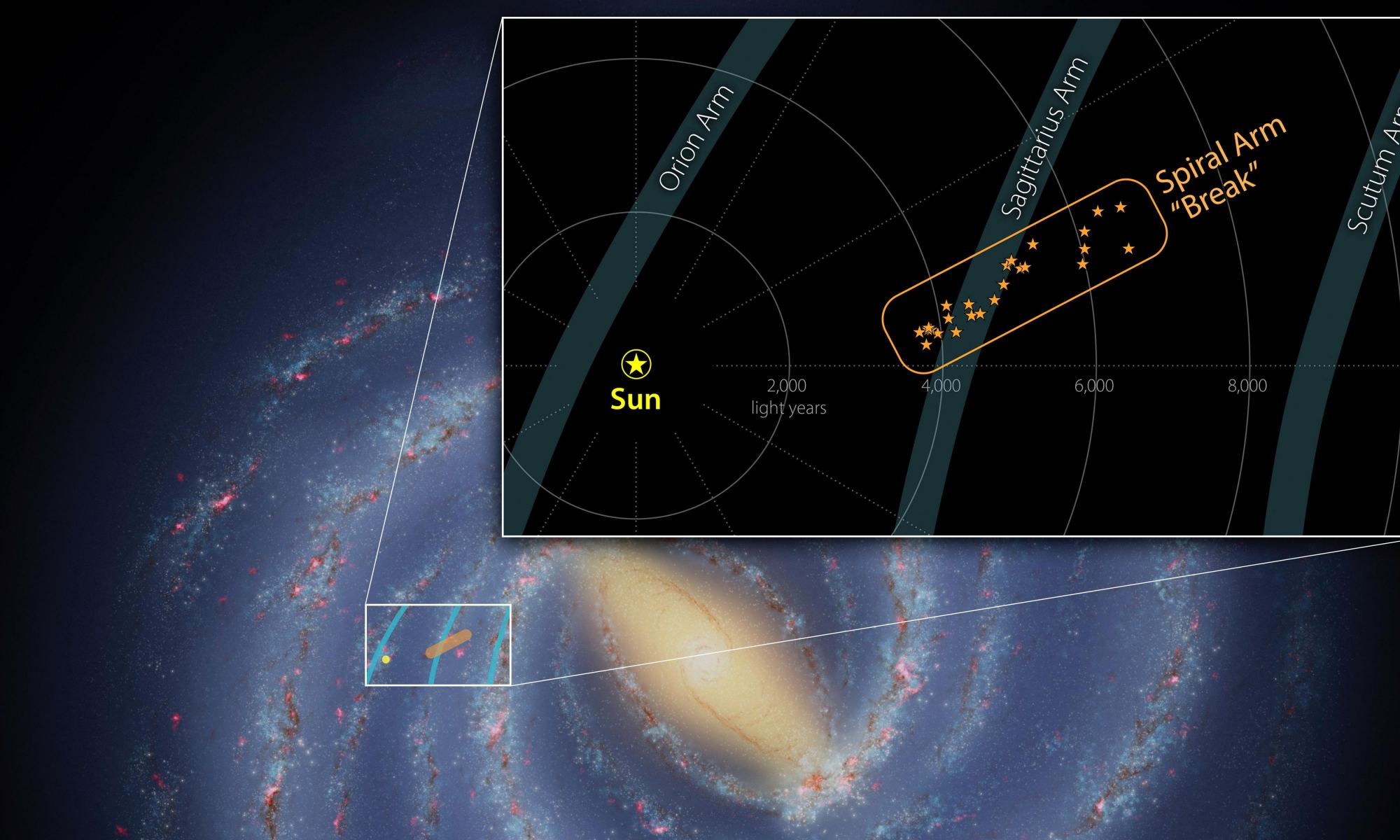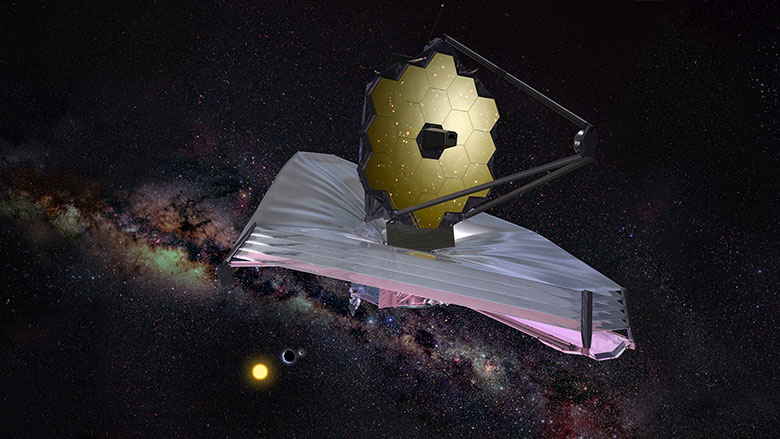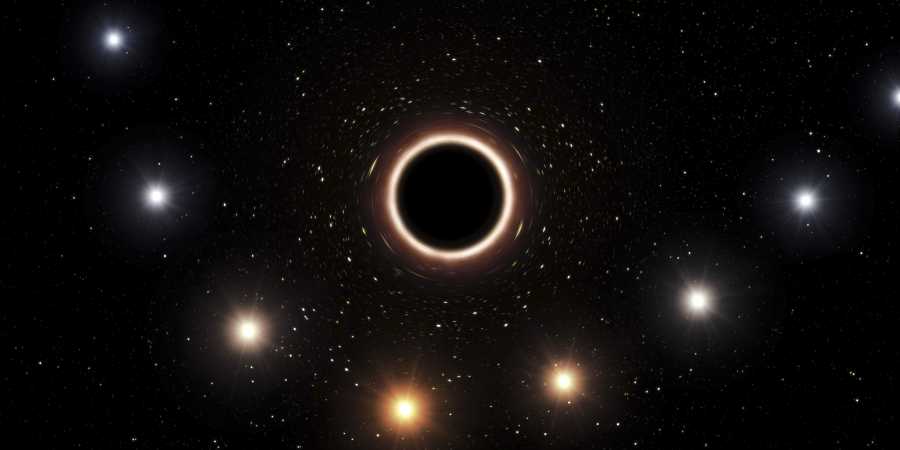Three months after touching down on the Martian surface, China’s Zhurong rover has completed its primary mission and is still going strong.
Continue reading “China’s Rover Completes its Primary 90-day Mission, but it Still has More Science to do”Dust Storms on Mars Continue to Make the Planet Drier

Despite decades of exploration and study, Mars still has its fair share of mysteries. In particular, scientists are still trying to ascertain what happened to the water that once flowed on Mars’ surface. Unfortunately, billions of years ago, the Martian atmosphere began to be stripped away by the solar wind, which also resulted in the loss of its surface water over time – although it was not entirely clear where it went and what mechanisms were involved.
To address this, a team of scientists recently consulted data obtained by three orbiter missions studying the Martian atmosphere. In the process, they found evidence that the smaller regional dust storms that happen almost annually on Mars are making the planet drier over time. These findings suggest that storms are a major driving force behind the evolution of Mars’ atmosphere and its transition to the freezing and desiccated place we know today.
Continue reading “Dust Storms on Mars Continue to Make the Planet Drier”Astronomy Jargon 101: Standard Candles

In this series we are exploring the weird and wonderful world of astronomy jargon! If only there was a way to measure the distance to today’s topic: standard candles!
Continue reading “Astronomy Jargon 101: Standard Candles”The Milky Way Broke one of its Arms

The Milky Way galaxy is our home, and yet in some ways, it is the least understood galaxy. One of the biggest challenges astronomers have is in understanding its large-scale structure. Because we’re in the midst of it all, mapping our galaxy is a bit like trying to map the size and shape of a wooded park while standing in the middle of it.
Continue reading “The Milky Way Broke one of its Arms”James Webb’s Upper Stage is off to the Launch Site
In November (or early December) of this year, after many excruciating delays, NASA’s James Webb Space Telescope (JWST) will finally launch to space. As the most advanced and complex observatory ever deployed, the James Webb will use its advanced suite of instruments to observe stars, exoplanets, and galaxies in the near and mid-infrared spectrum. In the process, it will address some of the most enduring mysteries about the nature of the Universe.
When the time comes, the James Webb will fly aboard an Ariane 5 rocket from the European Space Agency (ESA) launch facility near the town of Korou, French Guayana. Overnight on August 17th, 2021, the upper stage of that Ariane 5 began making its way in its cargo container from the ArianeGroup facility in Bremen, Germany, to Neustadt port, where it will board a ship bound for the ESA spaceport in French Guiana.
Continue reading “James Webb’s Upper Stage is off to the Launch Site”Astronomy Jargon 101: R-Process

In this series we are exploring the weird and wonderful world of astronomy jargon! You’ll quickly see what we’re talking about this week: r-process!
Continue reading “Astronomy Jargon 101: R-Process”Astronomy Jargon 101: Spectrum

In this series we are exploring the weird and wonderful world of astronomy jargon! You’ll get the whole picture with today’s topic: spectrum!
Continue reading “Astronomy Jargon 101: Spectrum”Astronomy Jargon 101: Luminosity

In this series we are exploring the weird and wonderful world of astronomy jargon! You’ll soon see what we’re talking about this week: luminosity!
Continue reading “Astronomy Jargon 101: Luminosity”Astronomy Jargon 101: Hertzsprung–Russell (HR) diagram

In this series we are exploring the weird and wonderful world of astronomy jargon! You’ll soon have a better way to categorize today’s topic: the Hertzsprung–Russell diagram!
Continue reading “Astronomy Jargon 101: Hertzsprung–Russell (HR) diagram”Astronomy Jargon 101: Doppler Shift
In this series we are exploring the weird and wonderful world of astronomy jargon! Watch out for today’s topic: doppler shift!
Continue reading “Astronomy Jargon 101: Doppler Shift”


